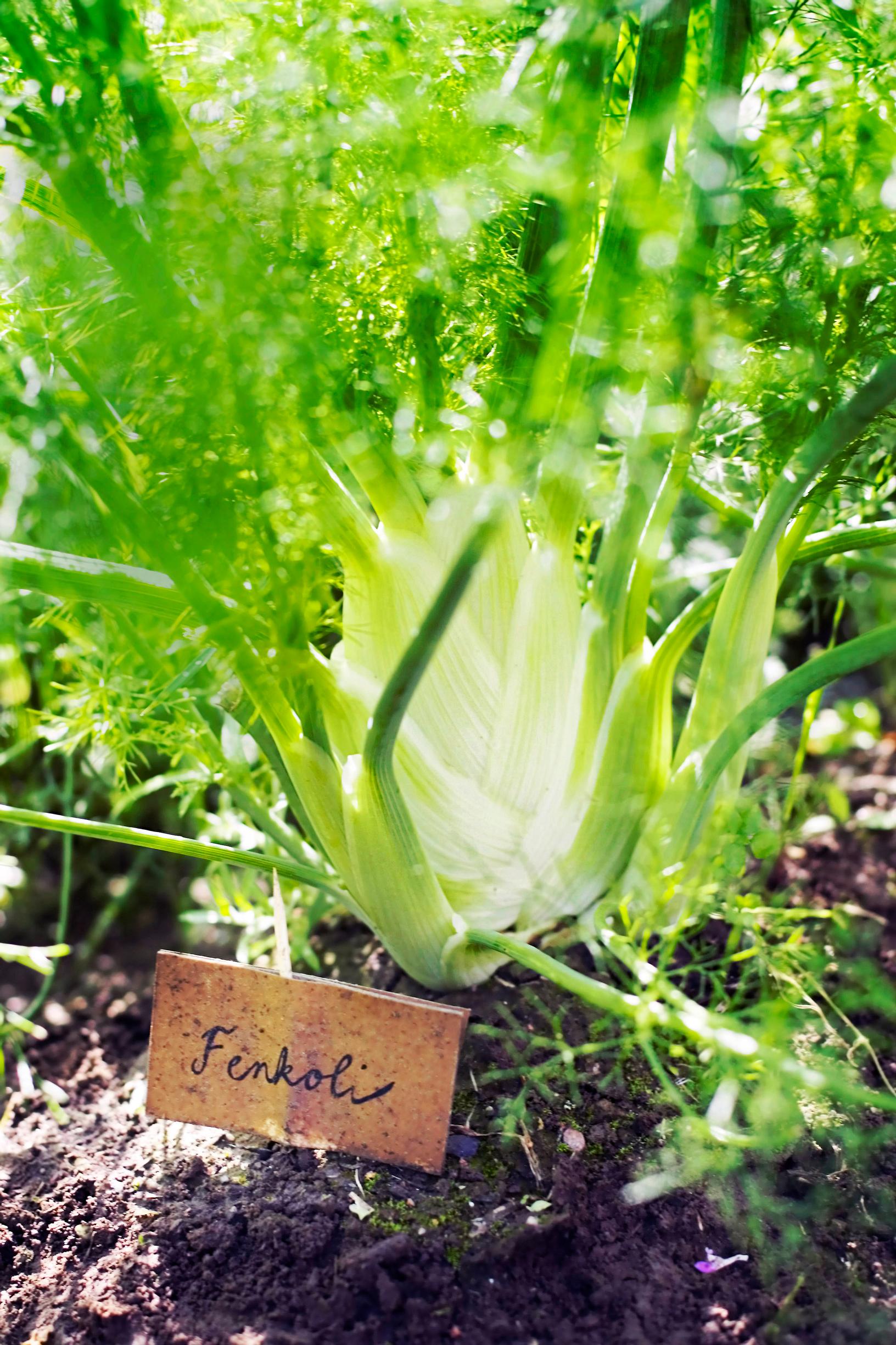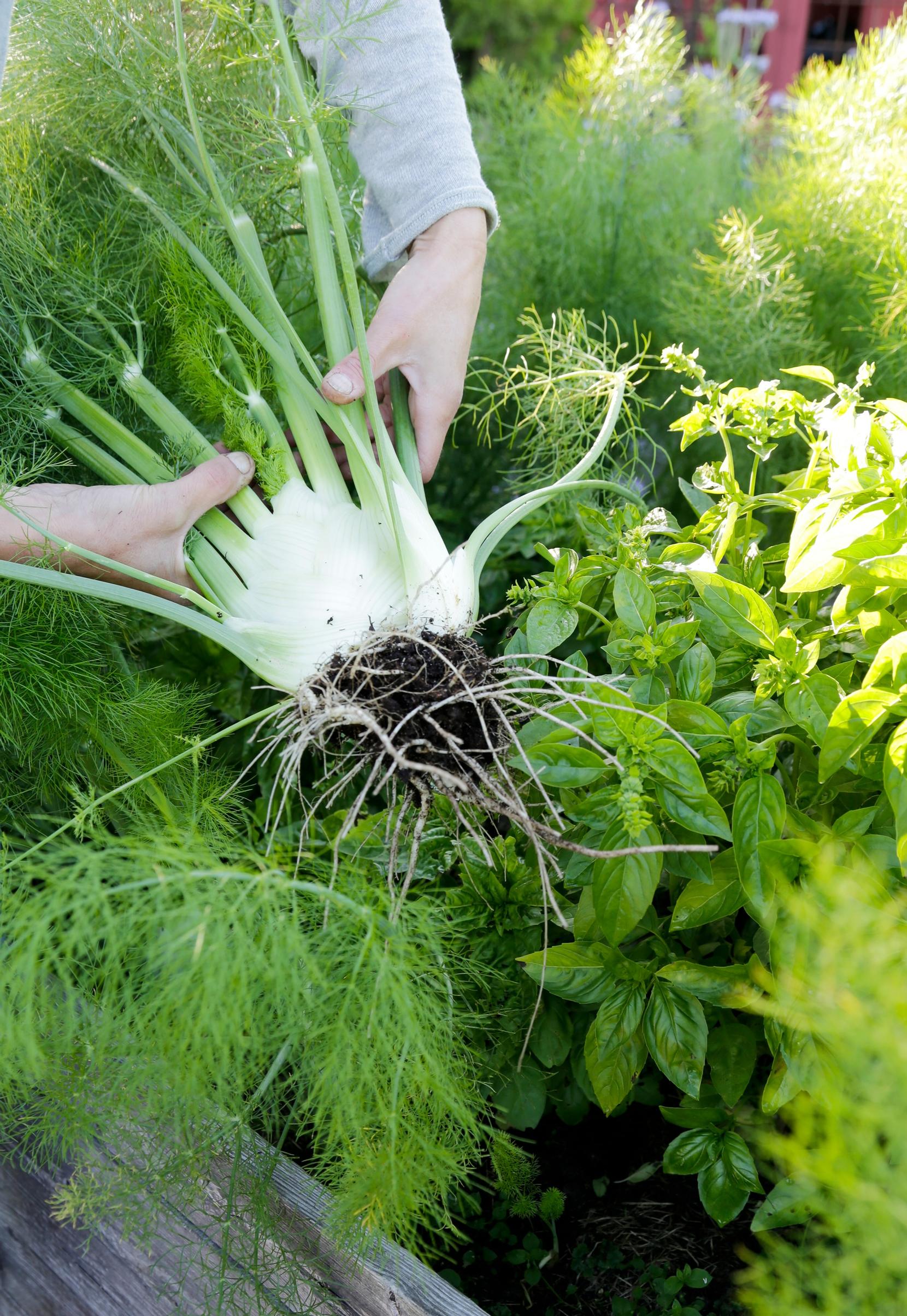
Fennel is a versatile plant that thrives in pots—discover easy growing tips and how to use it
Fennel grows best in a sunny, nutrient-rich spot. Sow it only when the soil is warm enough; otherwise, the salad fennel bulb may not form. All parts of salad fennel—from the bulb-like leaf rosette to the stalks and dill-like leaves—are edible.
For those who love anise and Mediterranean flavors, the fennel family has many tasty possibilities. Herb fennel is typically grown as an annual for its leaves, since it rarely goes to seed in time. Its finely cut foliage is used much like dill. A bronze-tinted variety nicknamed “bronze fennel” enchants with its fragrant aroma and striking color.
Salad fennel, also known as bulb fennel, is a short-day plant and can be tricky to grow in a colder climate. Its dill-like leaves and the swollen base of its leaf stalk are both edible, and both fennel types share a fresh anise taste.
Fennel—here’s how to grow it successfully
Where to grow fennel
Pick a sunny or partly shaded spot for your fennel. The soil should be limed, nutrient-rich, and loose, with a depth of at least 40 centimeters (16 inches). In poor soil, fennel grows slowly and doesn’t produce much before it flowers.
Sowing and planting fennel
Grow fennel in a raised bed, planter box, or grow bag. A large pot is also fine if you provide regular watering and fertilizer. You can harvest early leaves from herb fennel by transplanting or sowing in a greenhouse in April–May. In southern regions, you can also sow seeds directly outdoors once the soil reaches around 10 degrees Celsius (50°F).
Sow seeds in a pot or tray 3–5 weeks before planting outside, ideally where the temperature is around 20°C (68°F). Salad fennel especially thrives in a bright environment at 15–18°C (59–64°F) once it has formed about three sets of leaves, helping the seedlings grow stronger.
Long, bright summer days can quickly trigger flowering, stopping bulb formation. Dry conditions, overcrowding (about 40 cm, or 16 inches, between rows and 20 cm, 8 inches, between plants), and nutrient-poor soil also encourage flower stalks.
Temperature also impacts bulb development. In our long summer days and heat, the challenge is to form a tight leaf base before the flower stalk appears. Bulb formation halts if temperatures rise above 25°C (77°F) or drop below 7°C (45°F). Salad fennel is also frost-sensitive.
Try sowing in mid-summer if you live in the south. It takes about 3–4 months from sowing to harvest, so results depend on the summer weather.

Hardening fennel seedlings
Harden seedlings for 1–2 weeks and protect them from frost with row covers. Plant them outside once temperatures rise. For plump, large leaf bases, grow around ten salad fennel plants per square meter. Avoid planting them too deep.
Watering fennel
Adequate watering is crucial, as drought triggers flowering and stops the bulb from swelling.
Cooking with fennel
Harvest fennel in good time. Its wedge-shaped leaf base quickly lengthens, producing a woody flower stalk.
Gather leaves and shoot tips from herb fennel. Harvest salad fennel once the bulb has formed—its leaves and flowers are also usable.
Paper-thin slices from the leaf rosette have a strong anise flavor and give a pleasant crunch to salads.
Raw fennel has a licorice-like anise aroma that not everyone loves. Don’t be discouraged by its intensity—fennel’s flavor becomes much milder when braised, roasted, fried, or grilled.
Fennel often stars in fish dishes, but it’s incredibly versatile: pan-fry it for risotto, thread halved pieces onto grill skewers, roast it on pizza, or simmer and purée it into soup. You can also replace celery with fennel stalks in soups and stews, and use the leaves as a garnish.
Because of its anise note, fennel even works in desserts. Try pairing it with strawberries, vanilla, coconut, chocolate, or orange.
How to store fennel
Salad fennel doesn’t keep as long as carrots or potatoes. Healthy bulbs stay fresh for about 2–4 weeks in the fridge or in a cool, dark cellar (2–5°C or 36–41°F) if wrapped in plastic.
The aromatic leaves of salad fennel can be used just like herb fennel.

Fennel varieties:
- Salad fennel ’Fino’: One of Finland’s most commonly grown varieties. Matures in about 75 days.
- Salad fennel ’Finale’: Its advantage is a relatively long harvest window. Matures in about 80 days.
- Salad fennel ’Zefa Fino’: A Swiss heirloom dating back to the early 1800s. Matures in 80–90 days.
- Herb fennel: Grown for its leaves, often sold without a variety name. Reaches 70–120 cm in height. May overwinter if protected and produce seeds in warmer southern areas.
- “Bronze fennel” ’Smokey’ and ’Purpureum’: A reddish-brown herb fennel growing 80–140 cm tall. Overwinters much like herb fennel.
Expert: Senior specialist Marja Kallela, ProAgria South Finland


